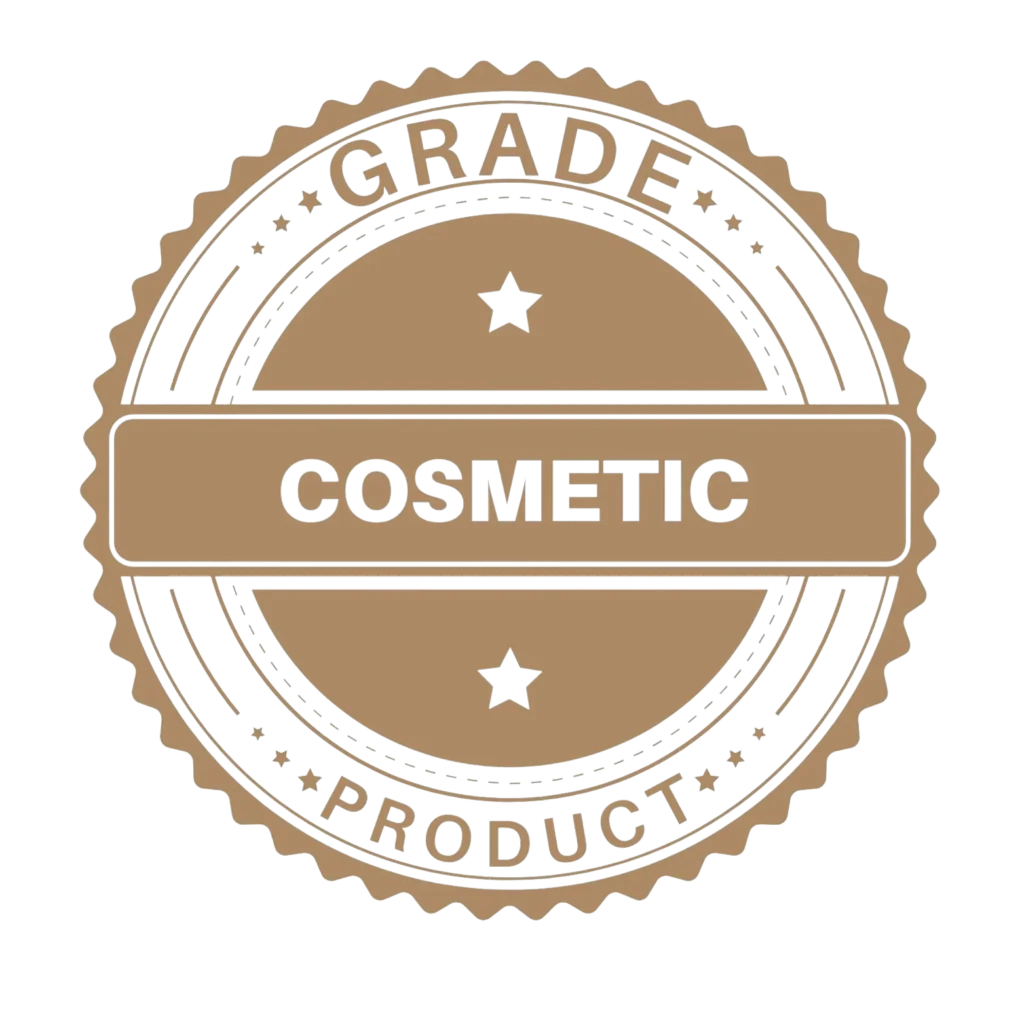Choosing the Right Skincare: Your Guide to Pharmaceutical vs Cosmetic vs Cosmeceutical Grades
Skincare is a vast and often confusing world, with countless products promising miracles for your complexion. But before you get swept away by marketing claims, it’s crucial to understand the key differences between pharmaceutical vs cosmetic vs cosmeceutical grade products. These distinctions can significantly impact the effectiveness, safety, and ultimately, the results you see on your skin.
 |
 |
 |
Pharmaceutical Grade:
- Safety First: These products undergo rigorous testing by regulatory bodies like the FDA, ensuring their adherence to strict safety and efficacy standards.
- Powerhouse Ingredients: Pharmaceutical grade products boast a higher concentration of active ingredients, targeting specific skin concerns with proven effectiveness.
- Purity Matters: They are required to be at least 99% pure, meaning fewer fillers and higher potency.
- Prescription Power: Due to their potent nature, these products are typically available only through a doctor’s prescription.
Cosmetic Grade:
- Readily Available: Unlike pharmaceutical grade products, cosmetics are widely accessible over-the-counter, offering convenience and ease of purchase.
- Aesthetic Focus: These products primarily focus on enhancing appearance and may not necessarily address specific skin concerns.
- Lower Potency: Cosmetic grade products contain a lower percentage of active ingredients, making them less effective for treating serious skin issues.
- Limited Testing: While subject to some safety regulations, these products are not held to the same rigorous testing standards as pharmaceutical grade ones.
Cosmeceutical Grade:
- Bridging the Gap: Cosmeceuticals bridge the gap between cosmetics and pharmaceuticals, offering effective ingredients without the need for a prescription.
- Targeted Benefits: They contain scientifically backed active ingredients, aiming to address specific skin concerns like wrinkles, acne, or hyperpigmentation.
- Balanced Purity: Cosmeceuticals strike a balance between efficacy and safety, with a purity requirement of at least 70%.
- Accessible Care: These products are readily available over-the-counter, making them a convenient and effective option for many.
Conclusion:
Choosing the right grade of skincare product depends on your individual needs and skin concerns. Consult a dermatologist for personalized recommendations and expert guidance. Remember, your skin deserves the best, so choose wisely and invest in products that align with your unique goals.
 |
At derma.pk, we’re committed to delivering the highest quality in skincare. Our team of experienced dermatologists is dedicated to addressing a wide range of skin concerns. Connect with us through WhatsApp at +92320-5999-650 and receive expert insights, tailored recommendations, and guidance on every step of your skincare journey.
Don’t hesitate to reach out to our FCPS and MCPS consultant dermatologists via WhatsApp for the finest skincare and solutions. We’re here to help you achieve the healthy, radiant skin you deserve.
pharmaceutical vs cosmetic vs cosmeceutical grade Additional Tips:
- Research ingredients: Familiarize yourself with the active ingredients in your chosen products and understand their potential benefits and side effects.
- Patch test: Always perform a patch test before applying any new product to your entire face, especially if you have sensitive skin.
- Consistency is key: Be patient and consistent with your skincare routine. Results may take time, but with the right products and approach, you can achieve healthy, glowing skin.
By understanding the different grades of skincare and choosing products that are right for you, you can embark on a journey towards a more beautiful and confident you.
Remember, healthy skin is happy skin!

